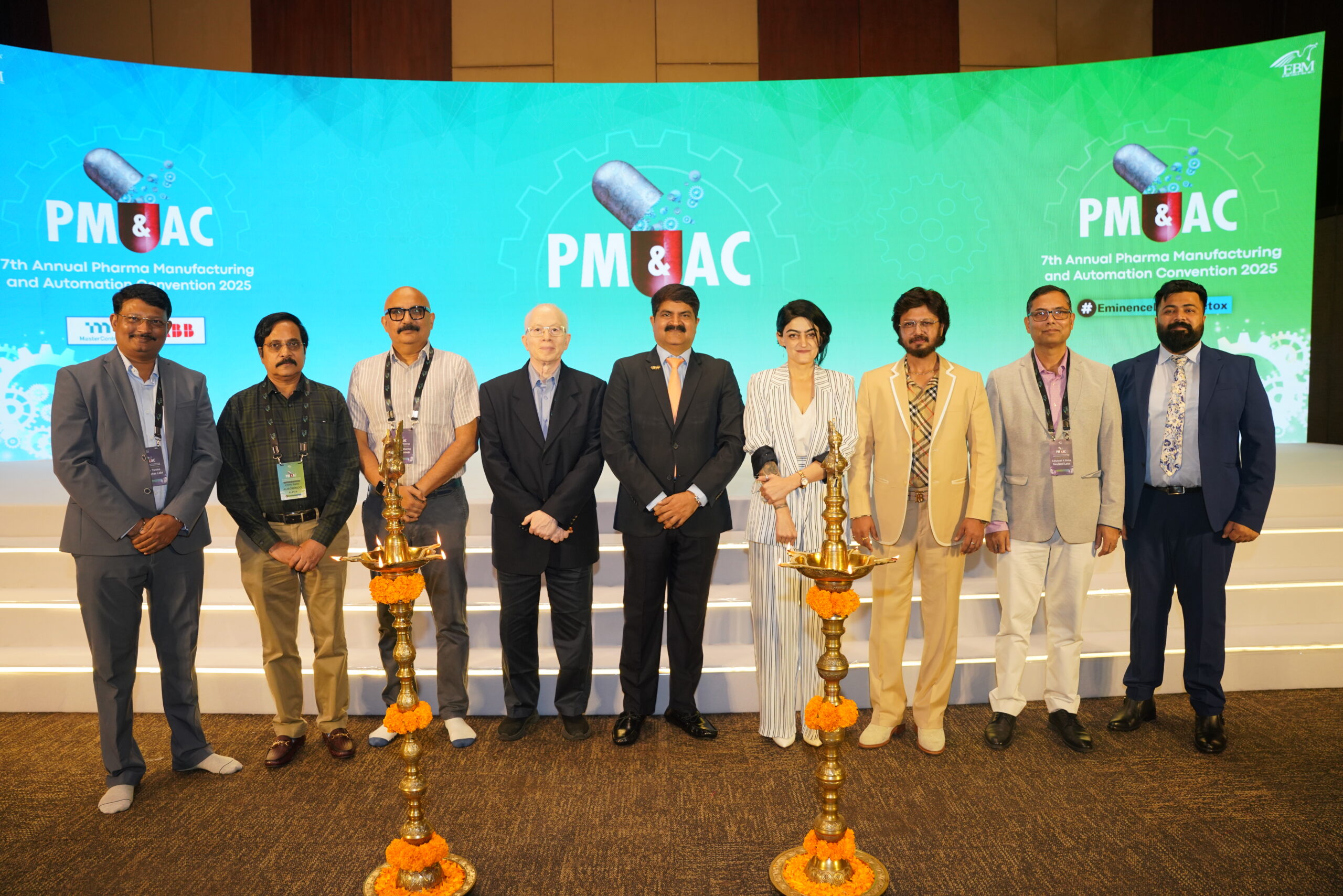By Vikas J, Editor, Pharma Utility
The pharmaceutical packaging landscape is undergoing a transformative shift—driven not only by regulatory demands and supply chain complexities, but increasingly by artificial intelligence (AI). As pharma moves toward a more patient-centric, data-driven future, packaging is emerging as a critical enabler of safety, efficiency, personalization, and sustainability.
Packaging Meets Intelligence
Traditionally, pharma packaging has focused on protection, compliance, and distribution. Now, AI is redefining that role. Machine learning algorithms are enhancing production lines by enabling real-time quality checks, defect detection, and workflow optimization. With AI-enabled vision systems, manufacturers can identify even the subtlest inconsistencies in packaging—such as labeling errors or seal integrity issues—that might go unnoticed by human inspectors.
This real-time intelligence reduces costly recalls, minimizes waste, and strengthens overall product quality.
Predictive Maintenance: A Competitive Edge
Downtime is one of the most expensive inefficiencies in pharma manufacturing. AI addresses this by powering predictive maintenance—monitoring machinery performance, identifying patterns, and forecasting potential failures before they occur. This not only extends equipment lifespan but also ensures uninterrupted operations in highly regulated environments.
For packaging teams, predictive maintenance translates into more consistent throughput and fewer production bottlenecks.
Personalization: A New Frontier
As personalized medicine gains momentum, packaging is adapting accordingly. AI enables scalable customization of packaging components—ranging from patient-specific dosage instructions to multi-language support for diverse regions.
Variable data printing, combined with AI-driven user data, makes it possible to generate packaging tailored to individual patients or markets, improving adherence and overall user experience.
Enhancing Traceability and Compliance
Counterfeiting and supply chain vulnerabilities remain major challenges. AI strengthens serialization efforts by detecting irregularities in product movement and flagging suspicious patterns across the supply chain.
Integrated with blockchain or cloud platforms, AI can support full traceability from manufacturing to the point of dispensing, ensuring compliance with regulations such as the EU Falsified Medicines Directive and the U.S. Drug Supply Chain Security Act (DSCSA).
Sustainability Through Smart Design
AI also plays a role in achieving sustainability goals. Design software powered by AI can propose packaging formats that use less material without compromising safety. Additionally, AI can analyze packaging life cycles to suggest changes that lower carbon footprint—an increasingly important consideration in pharma procurement and branding.
What’s Next?
Despite the promise, challenges remain. Data integration, system interoperability, and workforce upskilling are critical to successful AI adoption. Moreover, maintaining data privacy and cybersecurity in AI-enabled systems will be paramount.
Still, the direction is clear: packaging is no longer a static afterthought in pharma manufacturing. It’s becoming a dynamic, intelligent interface between companies, regulators, and patients.
To Conclude
AI is not just improving how we package medicines—it’s redefining what packaging can do. From predictive quality control to personalized labeling and sustainable design, AI is helping the industry move faster, safer, and smarter. For pharma companies willing to embrace this evolution, the packaging line may well become a strategic asset, not just a production necessity.






